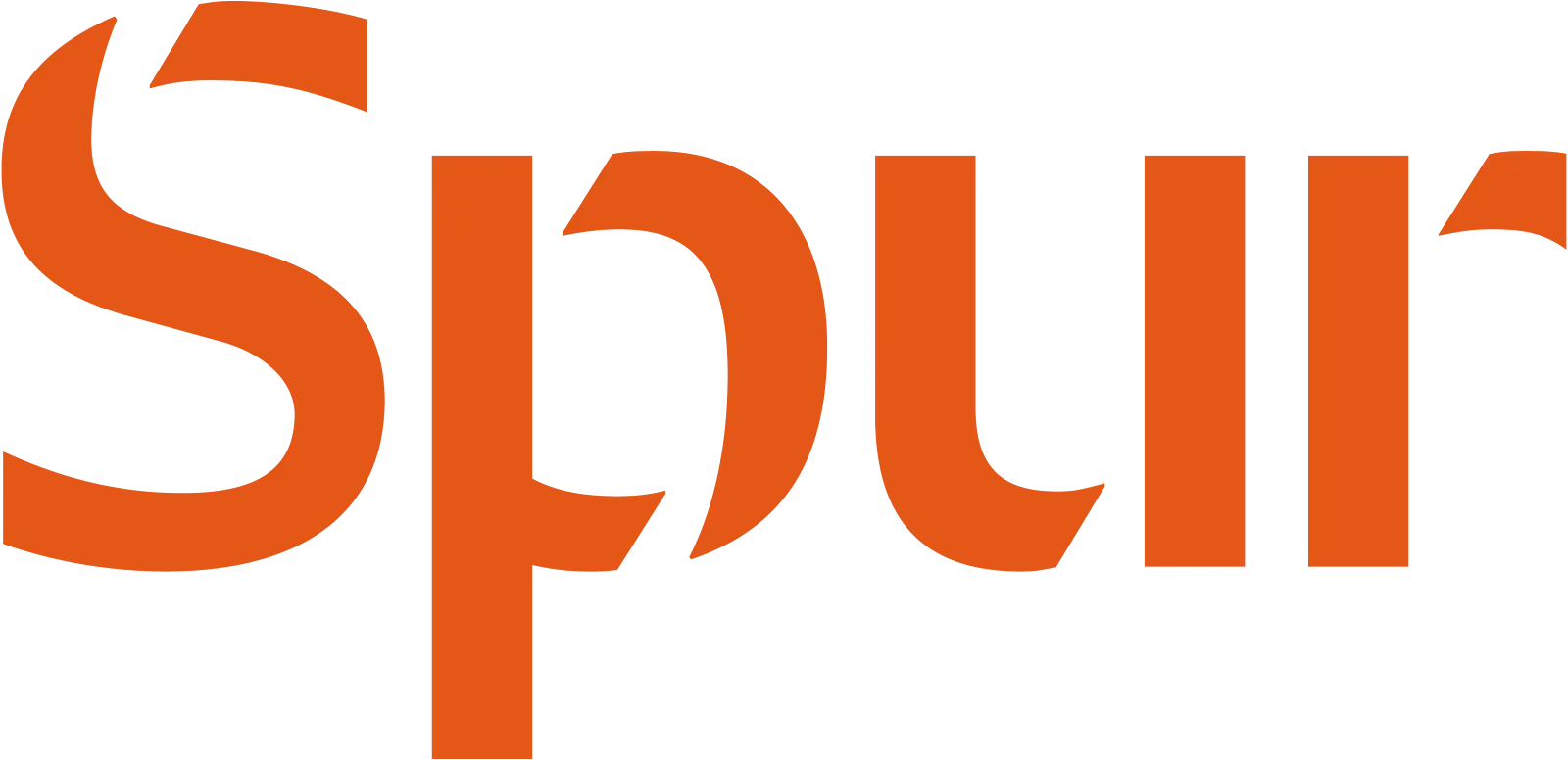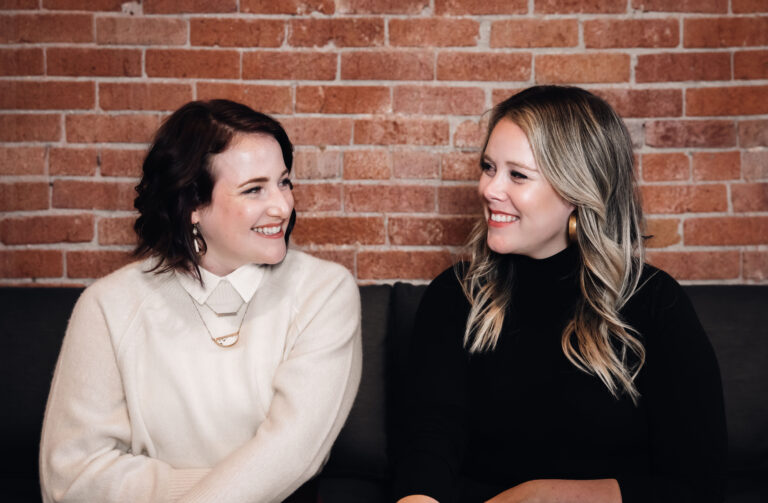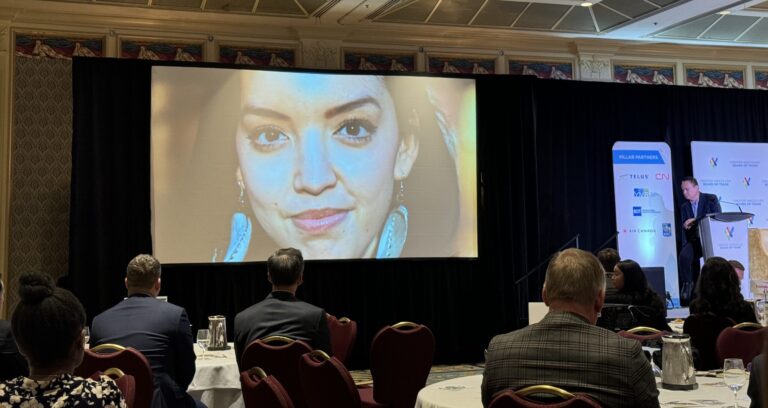This is part of our series on equitable engagement. If you haven’t read the previous parts of the series, please click on one of the links below. We have been privileged to discover and refine these best practices in our work with a variety of partners, including WAVAW Rape Crisis Centre, the Ministry of Health, and the Vancouver School Board. These pillars provide a launching point for meaningful dialogue with diverse people and groups – however, they are only beginning. Overall, the series will outline equity considerations when it comes to:
- Access
- Contribution
- Event planning
- Reporting & analysis
- Respectful engagement with equity-deserving communities
In our previous articles, we wrote about reaching out to more diverse people and drawing them into the conversation and building meaningful avenues for equity-deserving communities to contribute to engagement processes. This piece looks at planning and executing public engagement events that center equity and access to facilitate meaningful two-way dialouge.

event planning
Planning an inclusive and accessible event requires organizers to anticipate potential accessibility issues and barriers, and proactively take measures to address them. Barriers make it difficult for people to meaningfully participate in engagement and have their voices heard. Barries can be anything from physical, informational, technological, communication-based and systemic and are often unintentional or invisible.
To plan an inclusive and accessible event, consideration should be given to the needs of participants with a broad range of varying abilities and circumstances. Think about what you need to accommodate people with physical, communication, and intellectual disabilities. Consider the needs of people with mental health issues, seniors, people with autism, people with dementia, parents with young children or people who don’t speak English. This can mean holding your event at a physically accessible venue, sending meeting materials ahead of time, having one or more quiet rooms, preparing alternate formats, providing sign language interpretation or translation and allowing participants to take the time they need to participate.
- Anticipate participants’ needs. As you begin planning your engagement program, take the time to clarify who you need to hear from and who will most likely participate in the engagement process. Consider what their needs might be and build these into your engagement. If this is part of your engagement plan from the beginning, it allows you to identify areas where you can go above and beyond. For example, when you promote your engagement events, you can include a statement like: “If you require any accessibility measures (e.g.: sign language interpretation, captioning, accessible parking, translation, etc.) please contact _______ (name, phone number, email address, etc.).” This post outlines some important considerations on visible and invisible disabilities, to help you anticipate people’s diverse needs.
- Pick the right space for your event. When looking for a venue, ensure it can accommodate the space requirements and needs of your participants. The first rule of thumb is to secure a space that’s bigger than you think you’ll actually need. The additional space allows you to accommodate accessibility needs like having an interpreter, AV equipment, space to offer childcare and a room layout that enables all participants to sit or move about freely. The meeting room should be located close to bathrooms and if you’re not on the ground floor, confirm that the space has working elevators. Your space should also be easily accessible by transit and have parking for those who need it.
- Create the right program with the right activities. When structuring your engagement event, include a meaningful acknowledgement of Indigenous lands. As you prepare your speaking notes, learn more about how you can decolonize your language. Also consider offering different times of days and different days of the week to accommodate as many people as possible. Similarly, when starting a meeting, ask participants if they require any accessibility accommodations and design your agenda with enough time to complete all activities, including making adjustments to the space after you learn of someone’s needs. Finally, if allowed or requested, share the agenda and meeting materials with participants in advance to give them time to review it and offer materials in different formats (electronic and hard copies) to accommodate different abilities.
closing thoughts
To have a successful event relies on having the “right” people in attendance and ensuring they are able to participate fully and contribute to the discussion. More often than not, accommodating accessibility is often an afterthought or not a thought at all. As engagement experts, it’s on us to make sure every component of the engagement process is accessible to every single participant — no matter their ability.
To keep digging into other aspects of equitable engagement, check out our related posts about access, contributions, and respectful engagement with equity-deserving communities.
To learn more about how we design and deliver equitable engagement programs, click here.



